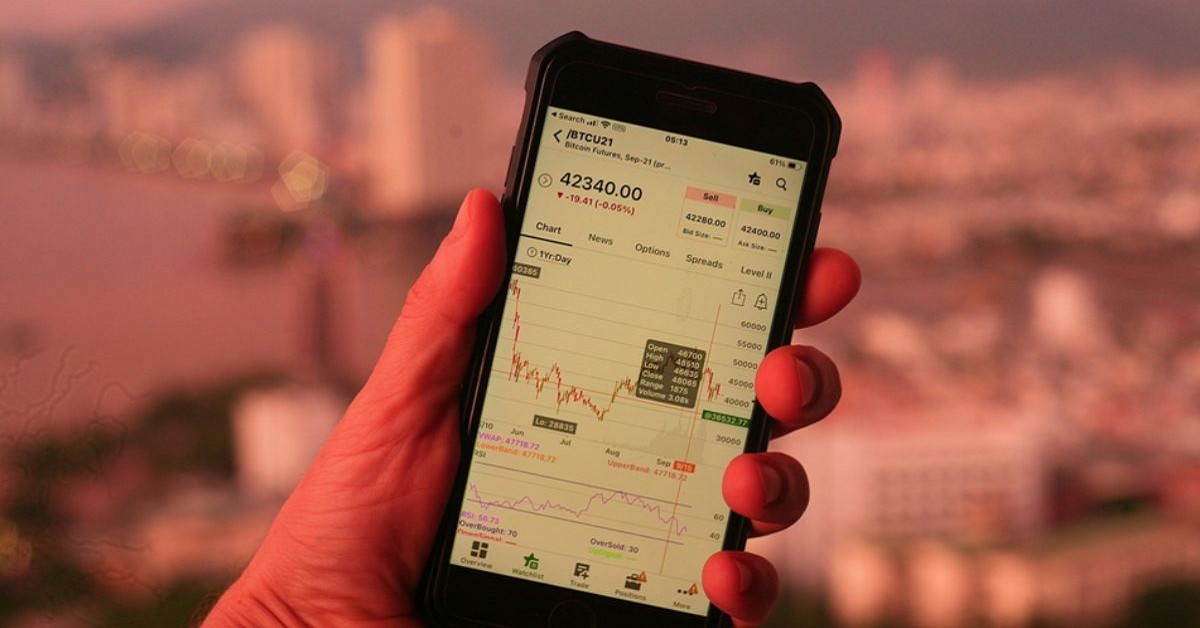Investing in the stock market has become easier with the introduction of digital accounts. A Demat and trading accounts are essential tools for buying, holding and selling securities in electronic form. They have replaced the traditional paper-based system and made stock market transactions faster and more secure.
To participate in the financial markets, every investor must have both accounts. Understanding how they work helps individuals learn to trade and take advantage of market opportunities. They streamline the investment process and allow traders to manage their portfolios with ease.

What is a Demat Account?
A Demat, or dematerialised account, is an electronic storage system that holds shares and securities in digital format. It eliminates the need for physical certificates and reduces risks such as theft, loss, and forgery. When an investor buys stocks, they are credited to the Demat account, and when they sell, the securities are debited from it.
It functions similarly to banks, but instead of holding money, it stores securities like shares, bonds, mutual funds, exchange-traded funds, and government securities. The account is maintained by depository participants registered with central depositories such as NSDL (National Securities Depository Limited) and CDSL (Central Depository Services Limited).
How a Demat and Trading Account Work Together
- The investor places a buy order through the trading account.
- The funds required for the purchase are debited from a bank.
- The stock exchange processes the transaction and allots shares.
- The purchased shares are credited to the Demat account.
Common Mistakes Traders Make When Using Demat and Trading Accounts
- They do not check brokerage charges: Different brokers charge varying fees. Investors should compare transaction costs before making a decision.
- They hold too many accounts: Multiple accounts can create confusion and increase maintenance costs. Keeping one or two of them is more manageable.
- They ignore risk management: Placing all funds in one stock increases risks. Diversification is essential for portfolio stability.
- They fail to monitor holdings: Investors should regularly review their portfolios to track performance and make necessary adjustments.
How to Choose Between Stock Market and Other Investment Options
Investors often compare stock market investments with other financial instruments. For example, understanding the differences between forex vs crypto and equity markets helps traders make informed choices.
The stock market is regulated, which offers stability and transparency. Forex trading, on the other hand, deals with currency pairs and operates 24 hours a day. Cryptocurrency trading is highly volatile and decentralised, which makes it riskier than traditional investments. Each market has its advantages and risks, and investors should choose based on their financial goals.
Why You Need a Demat and Trading Account
1. Secure and Hassle-Free Storage
A Demat account provides a secure way to store securities and eliminates risks associated with physical certificates. Investors do not have to worry about loss or damage to documents.
2. Fast and Convenient Transactions
Unlike the traditional method, where physical share transfer takes days, transactions now settle quickly, which improves liquidity. Faster settlement reduces market risks and ensures investors can reinvest their funds without unnecessary delays.
3. Easy Access to Investments
Investors can monitor their holdings and make transactions online from anywhere. With mobile apps and trading platforms, investment management has become easier.
4. Reduced Costs and Paperwork
Electronic trading requires minimal paperwork and additional investments. This makes the investment process more efficient.
5. Eligibility for Corporate Benefits
Investors with a Demat account may receive dividends, bonus shares, and stock splits directly in their accounts. This ensures smooth processing of entitlements.
Types of Securities You Can Hold in a Demat Account
|
Security Type |
Description |
|
Equity shares |
Stocks of listed companies bought on stock exchanges |
|
Mutual funds |
Units of mutual fund schemes held in electronic form |
|
Bonds and debentures |
Fixed-income securities issued by companies or governments |
|
Exchange-traded funds (ETFs) |
Market-traded funds that track indices, commodities or sectors |
|
Government securities |
Treasury bills, bonds and other government-backed instruments |
How to Open a Demat and Trading Account
- Choose a depository participant (DP): Select a broker or financial institution that provides Demat and trading services.
- Submit KYC documents: Provide identity proof, address proof, and PAN card details for verification.
- Sign the agreement: Agree to the terms and conditions of the brokerage firm.
- Complete the verification process: The DP conducts a background check and verifies documents.
- Receive account details: After approval, the investor gets login credentials for the trading platform.
Opening a Demat and trading accounts is a simple yet crucial step for anyone looking to participate in the stock market. Choosing a reliable broker and following the necessary procedures allows investors to access a secure and efficient platform to manage their financial assets.





 CAclubindia
CAclubindia

